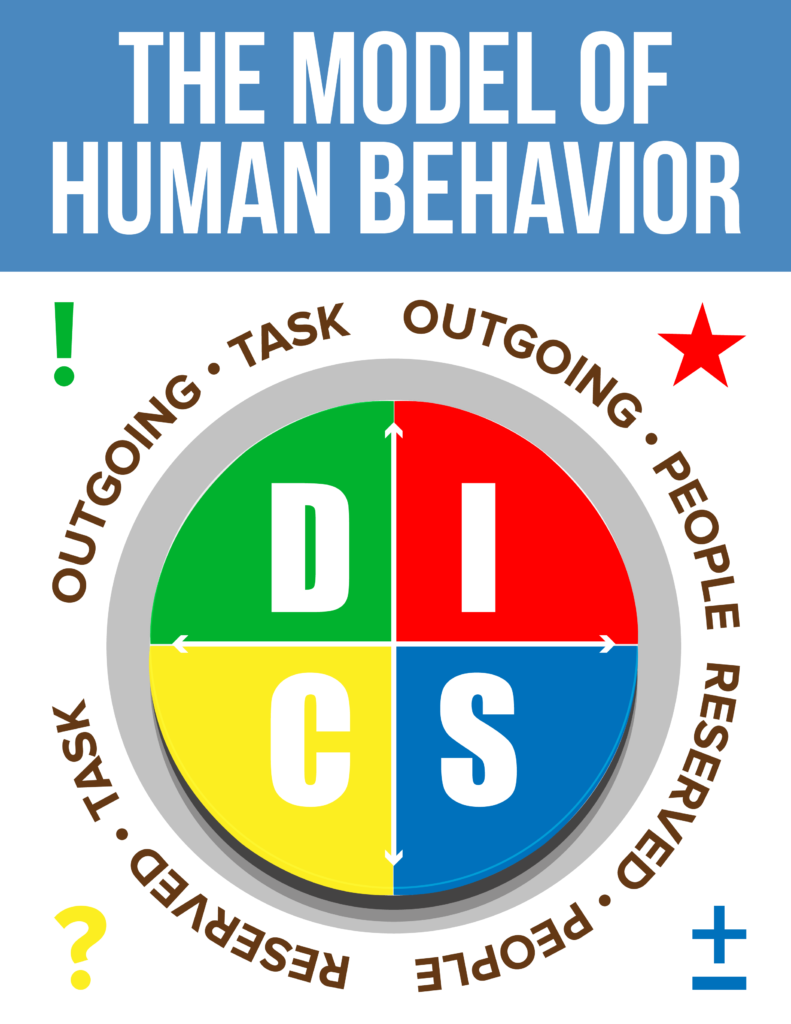Without the involvement of Emotional Intelligence in our relationships, whether they are happening in the workplace or at home, we can’t expect much success. Even though there is a lot of talk about E.I. and its benefits, it is not always clear how to fully understand it and implement it to create winning relationships.
Here are four steps that will help you build a world-class, winning team around you:
1. Self-awareness
To understand others, we must first understand ourselves. Many of us believe we possess self-awareness, but that is not always the case. We need to understand how we see our environment. What is the lens through which we give and receive information on a daily basis? Do we have a good understanding of the way we see our world?
It is not easy to be objective when answering these questions, however, some tools can help us. One of the most prominent ones is DISC Assessment. The simplest test that you will ever take and which lasts around 10 minutes, but which gives you a clear description of your personality style and guidance on how to enhance your good sides while avoiding the blind spots you have. Take it HERE.
2. Self-management
Do you know how do you respond to your environment? When you interact with others in different situations, are you sure how will you respond? This is a matter of emotional self-control. Even more, knowing are you proactive or reactive, can you easily adapt to new situations and are you going to have an intense reaction to specific people or events. If you learn how to be prepared for your reactions and learn your blind spots, you will see a direct impact on your achievement, initiative, and optimism! Who wouldn’t want that?

3. Social awareness
While it is super important to understand your reactions, it is equally important to understand what the reaction of others will be. The important thing to remember is they might react differently than us. Accepting this as a fact while recognizing the reasons behind their reaction will allow us to adapt our behavior and get to the next step:
4. Relationship management
Relationship management is all about how you work with others and how do you help each other to achieve goals (whether it is in personal or professional life). You should keep in mind that you get energy from specific roles, while another person can be demotivated by the same and seek motivation from a completely different role. That’s the beauty of everyone being a unique mix of four personality styles. You can learn how to use this diversity to motivate others in a correct way for them to create winning conditions for both parties in a relationship.
Even though there are only four steps to building winning relationships, there are many subtle tricks in mastering the knowledge about yourself and the people around you. I have been teaching techniques to do this for more than 20 years and I continue to do so. Why? DISC Method has saved my marriage many years ago and I have seen it transform the lives of others countless times. If you wish to see me in action feel free to Schedule a Call and let’s find out how I can help you understand others and unlock your and their full potential.








